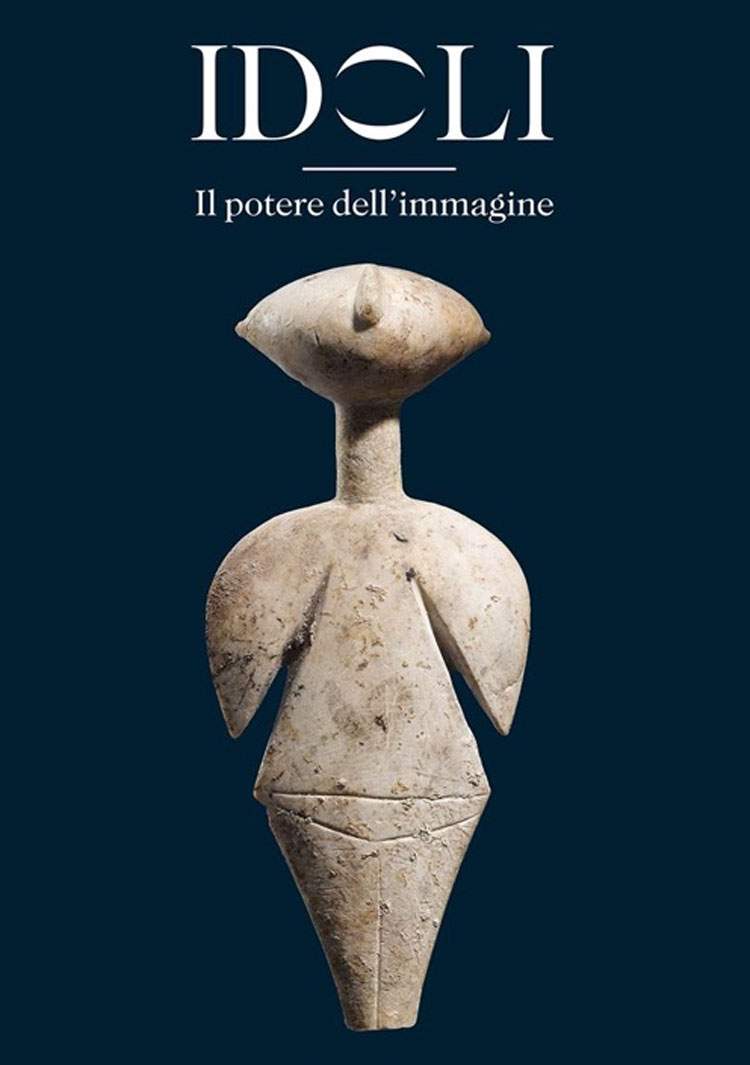Last days of opening for the exhibition IDOLI. The Power of the Image, promoted by the Giancarlo Ligabue Foundation and set up at Palazzo Loredan - Veneto Institute of Sciences, Letters and Arts: there is time until Sunday, January 20, 2019.
Curated by the Honorary Curator of the Louvre, Annie Caubet, the exhibition, which presents to the public a hundred works from the four corners of the globe, representative of the earliest experiments in three-dimensional human depiction, has been extraordinarily successful, reaching more than 18,000 admissions in the first three months.
On the occasion of the last days of opening, two free guided tours have been organized on Jan. 19 and 20 with Inti Ligabue, president of the Foundation, who conceived and designed the exhibition starting from the studies conducted by Giancarlo Ligabue on the subject and from some extraordinary artifacts from the Ligabue Collection itself (Saturday, Jan. 19 at 10 a.m. and Sunday, Jan. 20 at 5 p.m., by reservation, with exhibition entrance fee).
Also on Saturday, Jan. 19, at 11 a.m. in the nearby Palazzo Franchetti, there will be an important lecture sponsored by the Giancarlo Ligabue Foundation and led by Professor Stefano De Martino on “The Power of Images: Depictions of Gods in Ancient Anatolia”; Annie Caubet herself will also speak.
Professor De Martino will guide the audience to discover Idols from what the Greeks, Romans and Byzantines called Asia Minor, that peninsular end of Turkey that acts as a hinge between West and East. The narrative will thus range from the so-called Killia statuettes, characterized by a schematically rendered body, to the often nude figures of women with naturalistic features, in clay or metal, unearthed at Alacahöyük in burials dating to the Early Bronze Age, giving off a vitality so peculiar as to distinguish them sharply from Aegean and Mesopotamian ones, which, although contemporary, present characters of greater abstraction; and again, from the alabaster Idols found at Kültepe - figures with circular-shaped bodies and ambiguous sexuality, pregnant idols, androgynous and ityphallic at the same time - to the statuettes that show clear signs of intentional rupture, perhaps related to the performance of magical rituals or rites of passage such as adolescence or marriage, symbolizing the break with the family of origin and the entry into a new phase of life.
The exhibition’s educational journey becomes a true journey through the history offigurative art, an ideal cue to trace hidden plots and discover the stories and myths that inspired their creation.
 |
| Last days to visit the Idols exhibition: great success with the public |
Warning: the translation into English of the original Italian article was created using automatic tools. We undertake to review all articles, but we do not guarantee the total absence of inaccuracies in the translation due to the program. You can find the original by clicking on the ITA button. If you find any mistake,please contact us.